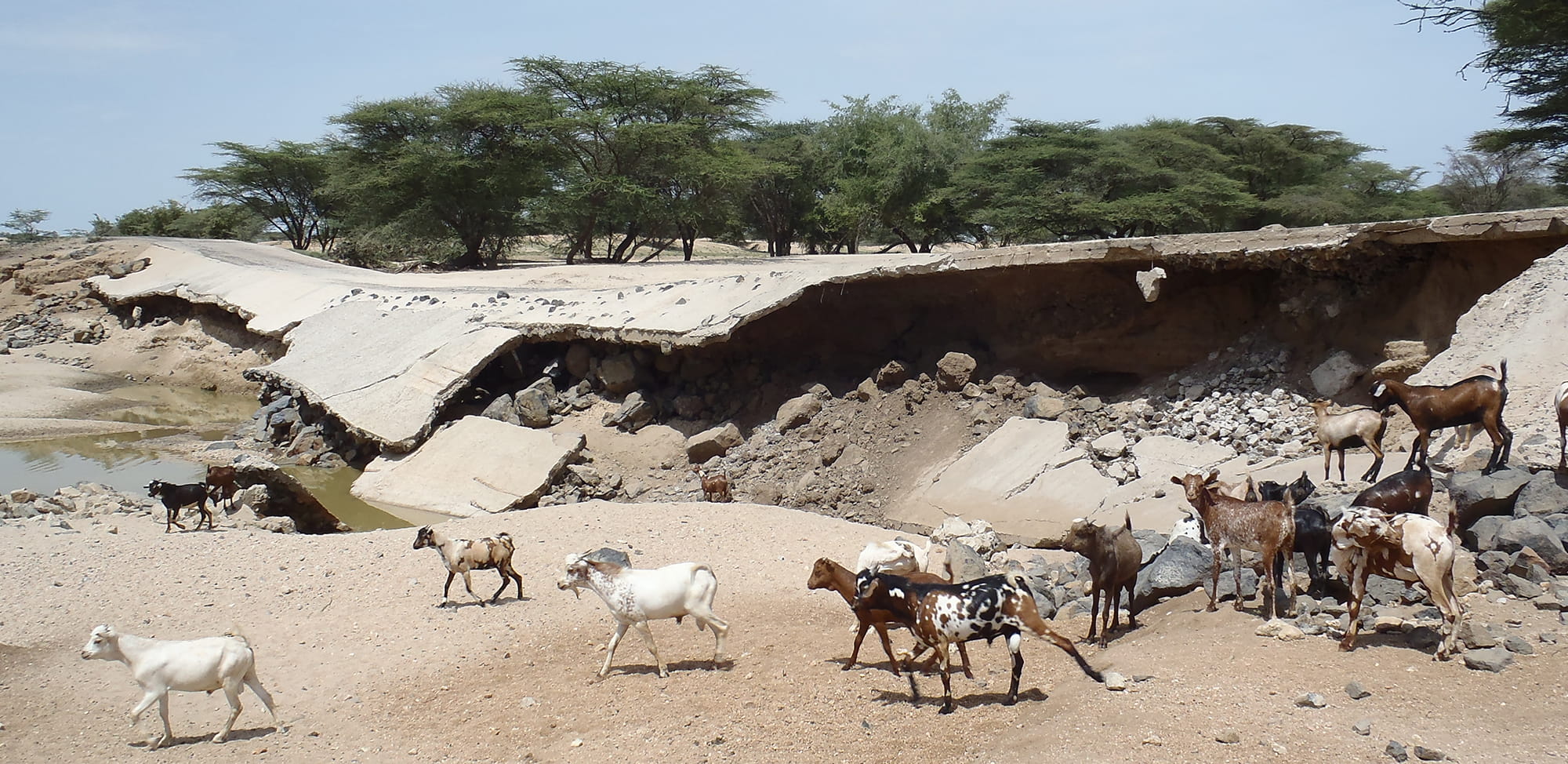A flood risk assessment was undertaken and the findings were used to inform the decision-making process for the siting of the central facility and other key assets and infrastructure.
The Situation
Advisian was commissioned by the client to undertake a pre-FEED study for a phase 1 development in east Africa. As part of the pre-FEED study, a flood risk assessment (FRA) was undertaken for the development area to determine the flood risk posed to key assets and infrastructure, and in particular the central facility.
Approach
Our hydrologists undertook data collection and modelling to accurately quantify catchment response to rainfall within the numerous luggas that transect the project area. The scope of work comprised:
- Collection and review of available flood, rainfall and climate change data
- Site walkover
- Building of a series of hydrodynamic 2D TUFLOW models to predict flood behaviour across the development
- Review of modelling results to determine the flood risk posed to infrastructure
- Identification of appropriate flood mitigation measures including avoidance of areas of unacceptably high flood risk and the provision of engineering solutions, such as interception drains and flood bunds.
The FRA identified that the proposed locations for the central facility could be subject to significant flood flows during a 1 in 100 year event, which could cause a disruption in operations.
To mitigate this potential flood risk, the location of the central facility was optimised and the construction of appropriate engineering measures around the central facility was proposed.
Similarly, the potential flood risk was identified for other key assets and infrastructure and appropriate mitigation measures were proposed accordingly.
Results
The FRA identified a number of locations where culverts under access roads and breaks in pipeline berms would be required to ensure the free-flow of water across the development area. Without these measures, there was a risk that flow would back-up behind the road embankments or pipeline berms and eventually overtop them, leading to potential damage from scouring.



